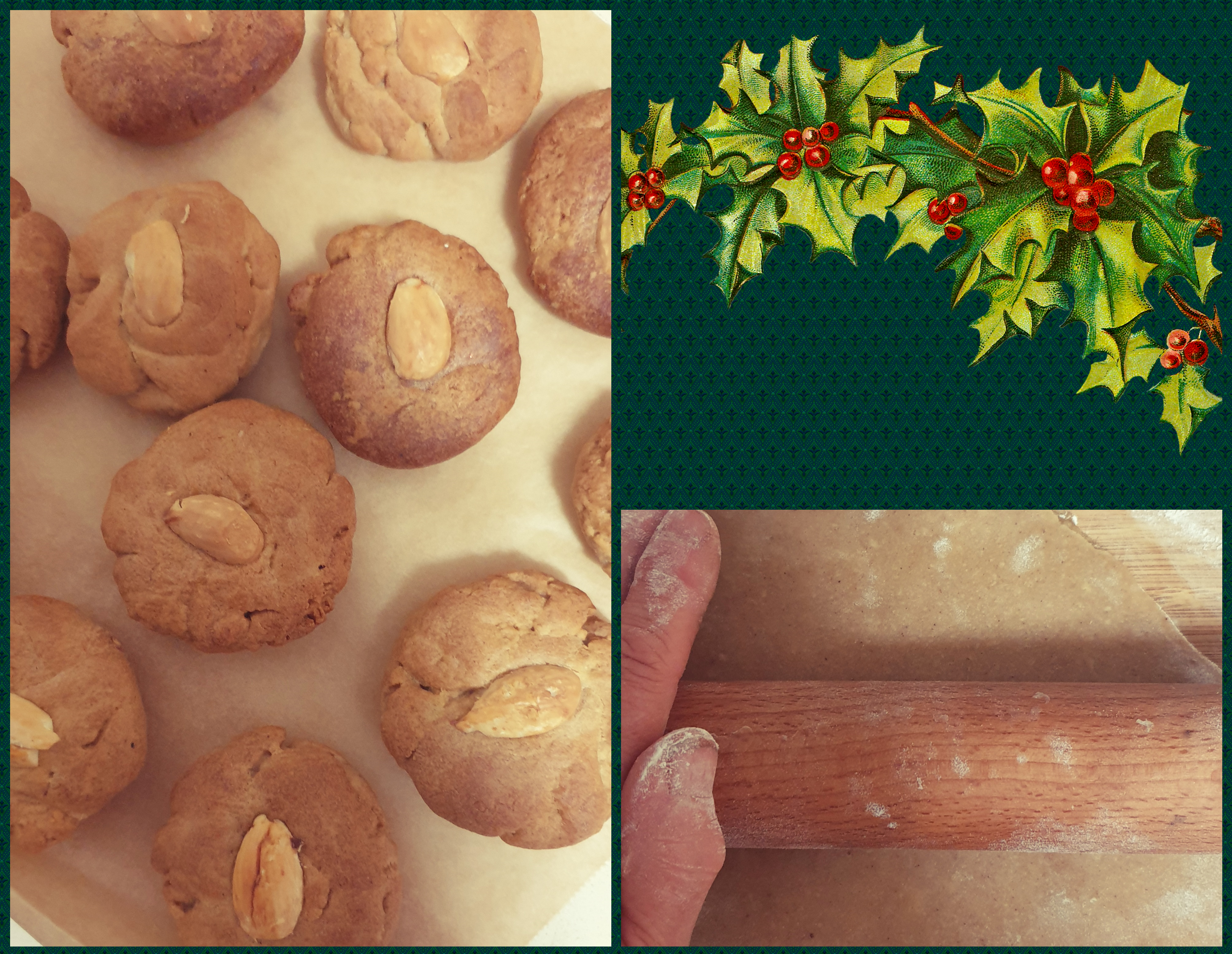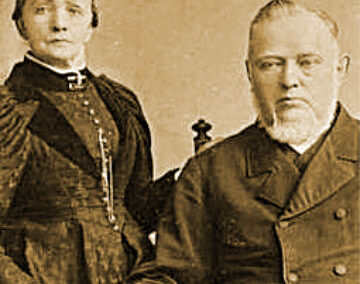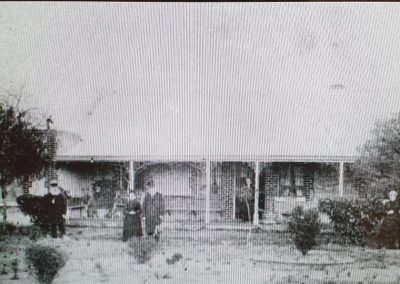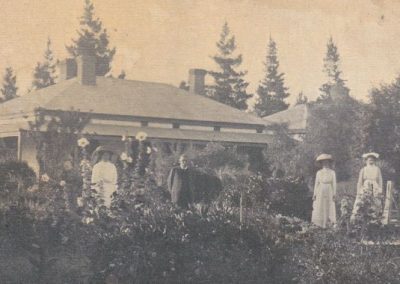Are you ready to head back into the past again? Off we go back to the Barossa at Christmas time, sometime in the late 1800’s/early 1900’s. Before we go, look around at the Christmas decorations, trees and lights that fill our shops, businesses, homes and neighbourhoods. Because we’re heading back into a place and time that looks very different…
Imagine once again that you are a child – let’s say it’s 2 weeks before Christmas. Unlike today, you don’t see decorations everywhere. There are no decorated trees (yet) or garlands of tinsel. Some houses have a wreath on the door, and some children are lucky enough to have one of the new advent calendars, recently invented in Germany, and are busily crossing the days off until Christmas Eve. In the church, the advent wreath is on a pedestal near the altar, with 4 candles, and one for Christmas Day. Every week another candle is lit. Not many to go now! Other than that, there are not many visible signs of Christmas.
But you can feel the anticipation in the air. The sound of the choir practicing their carols floats across the churchyard. The children are going about their chores with barely suppressed excitement. And the smell of Christmas cooking comes from almost every home.
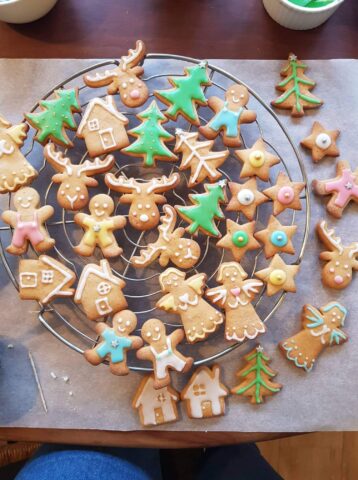
Honey biscuits – as delicious now as they were back then.
Christmas cooking! You wait all year for the Christmas treats, and the feast on Christmas Day. Your favourite is Honigkuchen – honey biscuits. The smell of honey and spices (cloves, cinnamon, and ginger) fills the air. Perhaps you’ll take in a fresh flower from the garden for Mother, in the hope that she might give you a biscuit fresh from the oven, before she chases you out of her hot kitchen and her busy preparations. Once the honey biscuits are made, she still has Weinachtskuchen (ammonia biscuits) and meringues to make, sprinkled with prettily coloured sugar. All these biscuits will be kept in a tin, safe from prying fingers, until they are hung on the Christmas tree to decorate it on Christmas Eve. On another day she will make the Strueselkuchen (a Silesian yeast cake with a crumbly streusel topping) to serve on Christmas Eve as well.
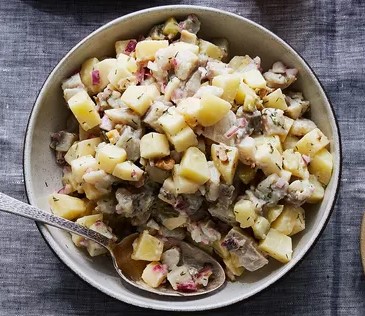
Herringssalat is traditionally eaten on Christmas Eve.
Late on Christmas Eve your family, like many of the families who have come from Silesia, will serve a traditional salted herring and potato salad, called Heringssalat. But by then, you will be full of delicious biscuits and Strueselkuchen, and tired from all the excitement of Christmas Eve. You might give it a miss!
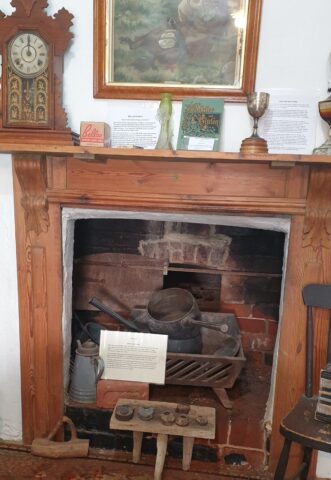
The baker’s oven at Luhrs Cottage – hot work!
Christmas Day lunch is always special. Father will kill a goose for the oven, and Mother will serve it with an array of cooked vegetables and salad. There will be tomato pie, glazed beans and carrots, Silesian cucumber salad, spiced beetroot, and warm potato salad. Everybody will be so full, there will hardly be room for the Christmas cakes and biscuits served afterwards. But surprisingly, they are all eaten! As everybody settles down for a nap, and you go to play with your new toy (only one!), it’s time to leave our imaginations and head back to the present…..
For those coming from far across the oceans, food provides an important link back to their home country, and their family and friends back there. Some of the recipes were adapted, depending on what was available and in season at Christmas time. For instance, Barossa honey biscuits are different to the European honey biscuits – more honey, and less spices. Many of the special Christmas foods are still eaten in our families today (alright, not Heringssalat – although we might give it a try this year). Knowing that these foods have been part of Christmas celebrations for hundreds of years connects us strongly to our heritage, and to our wider families.
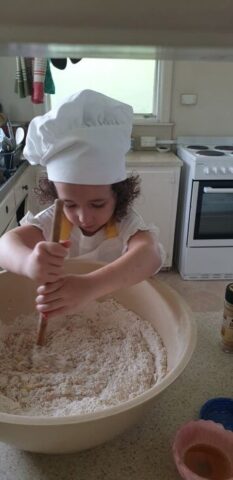
The next generation learning to make honey biscuits
References:
The information for this article was sourced from the excellent book Barossa Food, by Dr Angela Heuzenroeder. Published by Wakefield Press in 1999, I believe there is a copy in the Tanunda library. It is full of recipes and fascinating information about the unique cuisine of the Barossa, and how it has developed over time.
Another good source of information about Barossa Heritage food is the website Those Barossa Girls Home – Those Barossa Girls Or find them on Facebook – Those Barossa Girls. They are a team of two women who have a love of local food, and a desire to collect and preserve the food traditions, skills and recipes of the Barossa.

